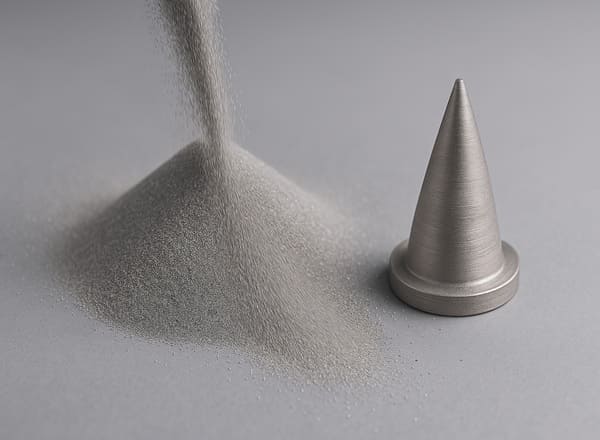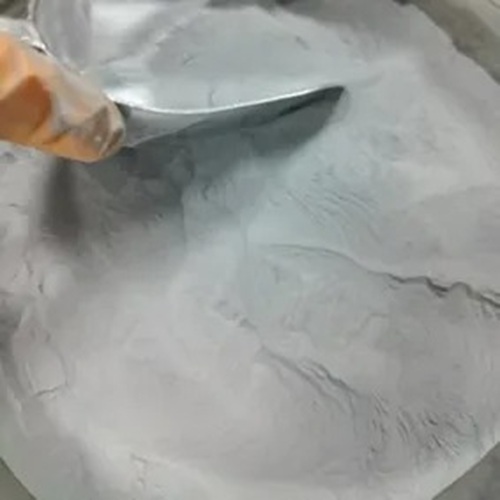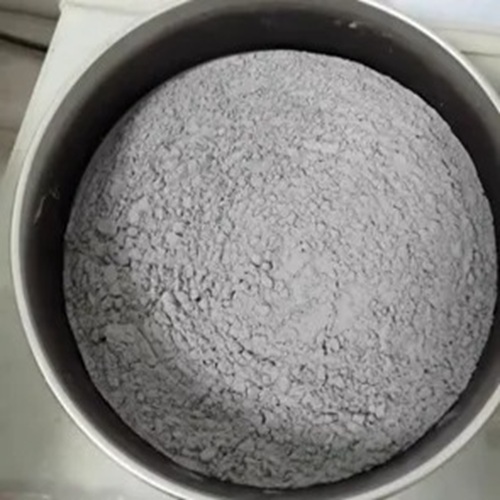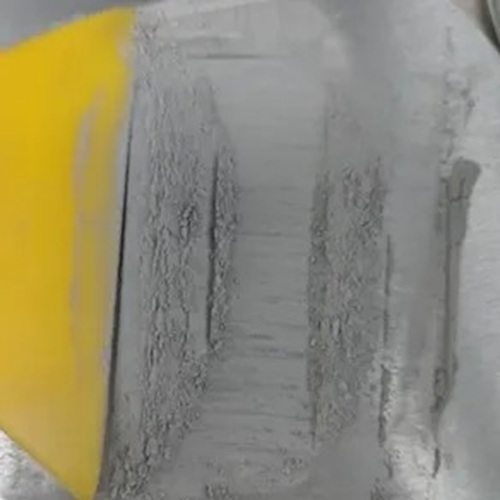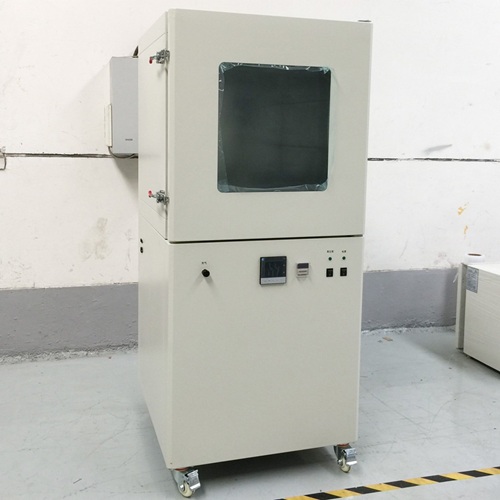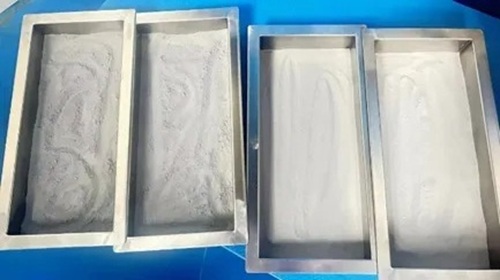Metal powders are essential components in various industries, including additive manufacturing (3D printing), metallurgy, powder coating, and even pharmaceuticals. These fine materials provide excellent precision, uniformity, and versatility for various manufacturing processes. However, one of the most significant challenges faced in the handling and storage of metal powders is moisture damage.
Moisture exposure can cause metal powders to clump, oxidize, or degrade in quality, significantly reducing their functionality. In this guide, we will explore the various factors that contribute to moisture damage in metal powders and the effective methods and technologies available to prevent it. Whether you’re working with titanium, aluminum, or any other metal powder, this guide will provide you with a comprehensive understanding of how to safeguard these materials from moisture damage.
At Heeger Metal, we specialize in high-quality metal powders with a variety of materials, forms, and specifications, ensuring optimal performance for industrial and scientific applications.
Understanding Moisture Damage in Metal Powders
Moisture exposure in metal powders can stem from multiple sources, primarily environmental factors, handling and processing, and material properties. Environmental factors include high humidity levels, temperature fluctuations, and improper storage conditions. For instance, storing metal powders in a warehouse without climate control can lead to condensation, especially in regions with seasonal humidity spikes. Temperature changes can exacerbate this by causing moisture to condense on powder surfaces.
Handling and processing practices also play a significant role. During transportation, powders may be exposed to humid air if the packaging is not airtight. Similarly, during mixing or processing, powders may come into contact with moisture if the equipment is not properly sealed or if operators fail to follow strict protocols. Material properties, such as particle size and surface area, further influence moisture sensitivity. Finer powders with larger surface areas are more prone to absorbing moisture, while certain metals, like magnesium, are inherently more reactive.
- Physical Changes: When moisture infiltrates metal powders, it can cause the powder to clump together, making it less free-flowing and harder to handle. This can affect the uniformity and consistency of the powder, leading to defects in the final product.
- Chemical Changes: Moisture can react with certain metals, leading to oxidation or corrosion. For example, aluminum powder can quickly oxidize when exposed to moisture, forming aluminum oxide (a protective layer), but at the cost of the powder’s functionality in some applications.
- Clumping and Caking: Powders with high moisture content tend to stick together, forming lumps or cakes, which hinder the uniform distribution of the powder in manufacturing processes such as 3D printing or powder coating.
The Condition of Metal Powders Being Exposed to Moisture
Metal Powder Slightly Absorbs Moisture:
The metal powder has slightly absorbed moisture, leading to some layer separation and minor agglomeration.
Metal Powder Severely Exposed to Moisture:
The metal powder has been severely exposed to moisture, resulting in clumping and significant agglomeration.
Looking for high-quality metal powder products? Explore Heege Metal’s selection.
Factors Contributing to Moisture Damage
Moisture exposure in metal powders can stem from multiple sources, primarily environmental factors, handling and processing, and material properties. Environmental factors include high humidity levels, temperature fluctuations, and improper storage conditions. For instance, storing metal powders in a warehouse without climate control can lead to condensation, especially in regions with seasonal humidity spikes. Temperature changes can exacerbate this by causing moisture to condense on powder surfaces.
Handling and processing practices also play a significant role. During transportation, powders may be exposed to humid air if the packaging is not airtight. Similarly, during mixing or processing, powders may come into contact with moisture if the equipment is not properly sealed or if operators fail to follow strict protocols. Material properties, such as particle size and surface area, further influence moisture sensitivity. Finer powders with larger surface areas are more prone to absorbing moisture, while certain metals, like magnesium, are inherently more reactive.
1. Environmental Factors
| Factor | Impact | Solution |
| High Humidity | Accelerates moisture absorption (>60% RH) | Store in climate-controlled areas (<20% RH) |
| Temperature Swings | Causes condensation inside containers | Maintain stable temps (15–25°C) |
| Open Air Exposure | Direct contact with ambient moisture | Use sealed containers/N₂ purging |
2. Powder Characteristics
| Factor | High-Risk Powders | Solution |
| High Surface Area | Fine powders (e.g., <20 μm) | Add flow agents (0.1% stearic acid) |
| Chemical Reactivity | Ti, Mg, Al powders | Store under argon/paraffin oil |
| Hygroscopicity | Zn, CuO, certain alloys | Pre-dry before packaging |
3. Handling & Storage Issues
| Factor | Common Mistakes | Best Practice |
| Poor Sealing | Loose lids, torn bags | Double-bagging + desiccant packets |
| Frequent Opening | Repeated container access | Split into smaller aliquots |
| Contaminated Tools | Moisture-laden scoops/gloves | Use dry tools in glove boxes |
4. Processing Risks
| Stage | Moisture Entry Points | Prevention |
| Production | Atomization coolant residues | Vacuum drying post-production |
| Transport | Humidity fluctuations during shipping | Use moisture-proof packaging |
| Post-Processing | Water-based sieving/lubrication | Switch to alcohol-based methods |
Explore our optimized metal powder products.
Strategies to Prevent Moisture Damage in Metal Powder
Preventing moisture damage requires a multi-faceted approach, combining proper storage, handling, environmental control, material treatments, and quality assurance. Below are detailed strategies to address each aspect.
1. Proper Storage Solutions
Effective storage is the first line of defense against moisture damage. Metal powders should be stored in airtight containers made of materials like stainless steel or high-density polyethylene to prevent moisture ingress. Desiccants, such as silica gel or molecular sieves, can be added to absorb residual moisture within the container. For long-term storage, vacuum-sealed packaging or containers filled with inert gases like argon or nitrogen can further reduce the risk of oxidation and moisture absorption. Storing powders in low-humidity warehouses equipped with climate control systems ensures a stable environment, minimizing the risk of condensation.
Best Practices:
- Use hermetically sealed containers with moisture-resistant seals.
- Store in climate-controlled facilities with relative humidity below 40%.
- Regularly inspect storage containers for signs of wear or damage.
2. Handling Best Practices
Proper handling minimizes moisture exposure during processing. Operators should use dry gloves and tools to avoid introducing moisture through human contact. Closed-loop systems for powder transfer, such as pneumatic conveyors with inert gas purging, can prevent exposure to ambient air. Additionally, minimizing the time powders are exposed to open air during processing is critical. For example, in additive manufacturing, powders should be loaded into printers quickly and in controlled environments.
Handling Tips:
- Train staff on moisture-prevention protocols.
- Use automated systems to reduce manual handling.
- Clean and dry equipment thoroughly before use.
- Once opened, the powder should not be exposed to air for long periods. High humidity can cause the powder to absorb moisture. It is recommended to store it in an environment with a humidity level of around 50%.
- If the printer is not in use for an extended period, remove all powder from the printing chamber and seal it for storage. Since the printing chamber is not completely airtight, prolonged storage of powder can lead to moisture absorption.
- Regularly maintain the air compressor, dryer filter, and periodically drain the air tank to prevent water in the compressed air from entering the printing chamber.
3. Environmental Control
Controlling the production environment is essential for moisture prevention. Dehumidifiers should be installed in production and storage areas to maintain relative humidity below 40%. Temperature monitoring is equally important to prevent condensation caused by sudden temperature drops. For example, maintaining a consistent temperature above the dew point prevents moisture from forming on powder surfaces. Regular environmental audits can help identify and address potential risks.
Environmental Controls:
- Install industrial-grade dehumidifiers in key areas.
- Use hygrometers to monitor humidity levels.
- Implement HVAC systems for precise temperature control.
4. Material Treatments
Certain treatments can make metal powders less susceptible to moisture. Protective coatings, such as polymer or ceramic layers, can be applied to powder particles to create a barrier against moisture. Passivation, a process that forms a protective oxide layer on the powder surface, can reduce reactivity, particularly for metals like aluminum or titanium. These treatments are especially useful for powders stored or used in high-humidity environments.
Treatment Options:
- Polymer coatings for non-reactive barriers.
- Passivation for enhanced corrosion resistance.
- Surface modification to reduce hygroscopic properties.
5. Quality Control and Testing
Regular testing ensures that moisture levels remain within acceptable limits. Karl Fischer titration is a precise method for measuring moisture content in powders. Implementing strict quality assurance protocols, such as routine sampling and testing, helps identify issues early. Additionally, maintaining detailed records of powder conditions and storage history can aid in troubleshooting and process optimization.
Testing Methods:
- Karl Fischer titration for accurate moisture measurement.
- Flowability tests to detect clumping.
- Chemical analysis to identify oxidation or corrosion.
Request a custom quote for high-quality metal powder products.
Industry-Specific Considerations
Different industries face unique challenges when preventing moisture damage in metal powders. In additive manufacturing, moisture can lead to defects like porosity or poor layer adhesion, requiring strict control during powder recycling and storage. Powder metallurgy demands consistent powder quality to ensure proper sintering, making moisture control critical during the blending and pressing stages. In coatings, moisture can cause uneven application or adhesion issues, necessitating dry storage and handling protocols tailored to surface treatment processes.
Industry-Specific Tips:
- Additive Manufacturing: Use inert gas purging in powder recycling systems.
- Powder Metallurgy: Monitor powder moisture before sintering.
- Coatings: Store powders in vacuum-sealed bags to maintain quality.
Solutions for moisture-affected metal powders
- Use a vacuum dryer to dry the powder. For cobalt-chrome powder, it is recommended to dry at 120°C for 3-4 hours, and for titanium and titanium alloys, at 80°C for 3-4 hours.
- Spread the moisture-affected powder evenly on a tray, ensuring the layer is not too thick. Dry it multiple times, breaking up any clumped powder after each drying cycle before drying again.
At Heeger Metal, we supply optimized-grade metal powder products that comply with ASTM, ISO, and AMS standards, ensuring outstanding quality and reliability.
Preventing moisture damage in metal powders requires a multi-faceted approach that combines proper storage, handling, coatings, and technological advancements. Regular monitoring and maintenance are crucial to ensure that powders remain in optimal condition. By taking these steps, you can significantly reduce the risk of moisture damage, ensuring the longevity and performance of your metal powders in a wide range of applications.
For top-quality metal powder products, Heege Metal provides tailored solutions and precision machining techniques for various applications.
Looking for premium metal powder products? Contact us today!

